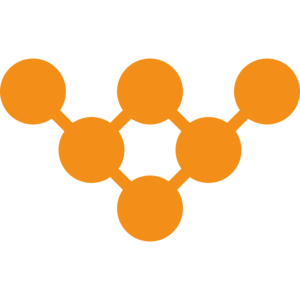One will get you Ten

If I give you a dollar and you give me a dollar, we both end up where we began. But if I give you an idea and you give me an idea, we end up with two ideas each, benefiting from a 100 percent return on our investment.
In One Will Get You Ten, we leverage this principle so that you and all other participants receive a 1000 percent return on your investment on ideas.
Goal
To generate and share ideas for solving a specific problem or benefiting from a specific opportunity.
Instructions
Flow
Organize teams. Divide participants into two or more approximately equal-sized teams, each with 3-5 members.
Brief participants. Specify a problem to be solved, a topic to be explored, or a situation to be exploited. Ask each participant to work independently to come up with an idea (or a story) related to the topic. Pause for suitable period of time to permit participants to generate their ideas.
Share your idea with somebody from another team. Invite participants to walk around the room and pair up with someone from a different team. The two participants should share their ideas with each other. Ask participants to listen carefully to each other so they can repeat the other person's idea at a later time.
Present two ideas to your team. After a suitable pause, give a 30-second warning. Ask participants to make sure that both members of each pair have exchanged their ideas. After 30 seconds, ask participants to return to their teams. Now ask participants to take turns presenting two ideas: their own idea and the idea they heard from their partner during the previous step. Each team member should present the ideas in a random order without identifying which idea belongs to whom. In other words, they should present the other person's idea as if it were their own. After each participant has finished presenting the two ideas, other team members try to guess which one is the presenter's own idea and which one is borrowed from someone else. The presenter identifies her own idea. This process is repeated until everyone in the team has presented two ideas.
Select useful ideas. Ask members of each team to silently review the ideas they heard and select the ones that can be used immediately. After a pause of about 30 seconds, ask each team member to tell the others how many useful ideas they have collected.
Additional Applications
We incorporated an example of how to use One Will Get You Ten as a closer in the preceding discussion. Here are a few other ways in which we have adapted and used this activity.
Change Stories. We used this structured sharing activity in a change-management workshop. We invited participants to share personal anecdotes related to the impact of recent organizational changes. Later in the workshop, when we discussed different types of changes, we used these stories to illustrate key points.
Factual information. In a recent session on understanding Islam, we supplied each participant with an index card that contained a key (but little-known) fact (such as The two countries with the largest Muslim population in the world are Indonesia and India and The modern history of the Middle East began with Napolean Boneparte's conquest of Egypt in 1798). After a few minutes, these cards were collected from participants who then shared the information with a partner from another team and with members of their own team. This activity provided the foundation for an interactive lecture on the topic.
Problem Solving. When a client organization recently decided to reduce the amount of travel, we used One Will Get You Ten for identifying and sharing best practices. We invited participants to share actual or imaginary techniques for reducing travel. As a follow-up to this activity, each team came up with a list of five recommendations.
Attachments
- noun_253_F38F19.png
Background
Source: Thiagi Group